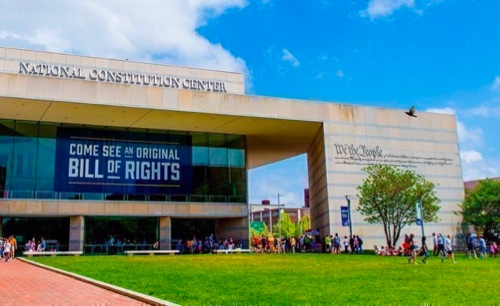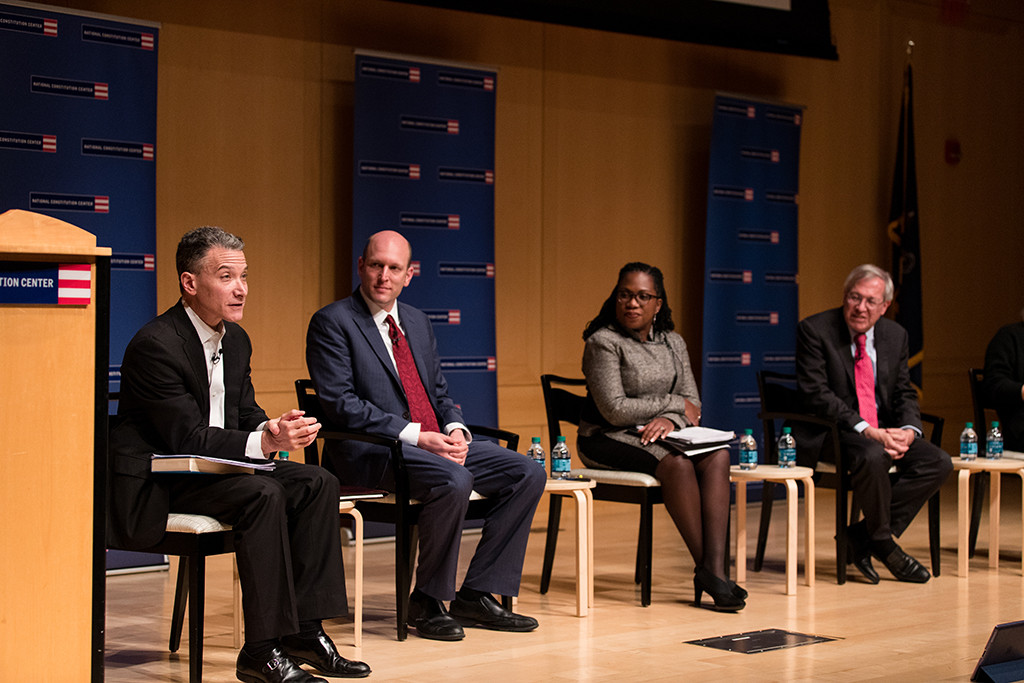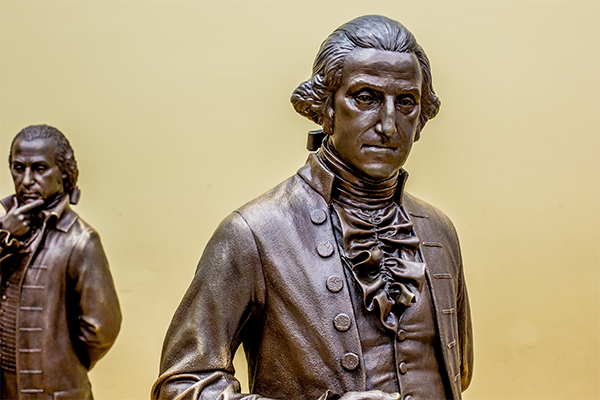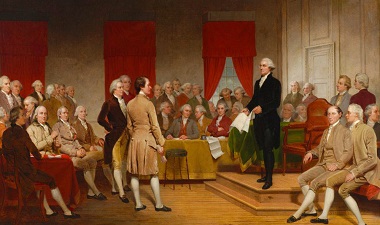Former Obama adviser David Axelrod raised a few eyebrows with his recent comments that Hillary Clinton was briefly considered for the Supreme Court. But a look at recent appointees shows the move would have been highly unusual, at least in the modern era.

Axelrod says in his new book that President Obama briefly thought about then-Senator Clinton as a potential Supreme Court nominee after he bested Clinton for the 2008 Democratic presidential nomination.
Clinton was asked about her interest in the Court later in 2008 and she said she had no desire to be on it. But Secretary of State Clinton’s name also surfaced in 2010 after Justice John Paul Stevens announced his resignation.
The Constitution doesn’t have any prerequisites for serving on the Supreme Court, so a nominee doesn’t have to be a lawyer, a former judge, or even an American citizen.
In reality, there are a few basic unspoken requirements. Almost all Supreme Court Justices have been lawyers at one time, and have had legal training. So the American Bar Association’s opinion is important in the consideration of any nominee.
The approval of the Senate is mandatory, since a majority of the Senate needs to approve a nominee offered by the President.
And since 1972, almost every nominee approved by the Senate has had some experience as a judge. Back then, President Richard Nixon had nominated William Rehnquist as an Associate Justice; Rehnquist had clerked at the Supreme Court and had worked in the Justice Department. But Rehnquist had never served on a judicial bench.
Since then, every successful Justice nominee had some experience as a judge –with one exception. The most recent successful nominee to the Court, Elena Kagan, was Dean of Harvard Law School and the United States Solicitor General, but she had never served as a judge.
In 2005, President George W. Bush nominated Harriet Miers, his legal counsel, to the Supreme Court. Miers didn’t have experience on the bench, and she took her name out of consideration after a bipartisan backlash occurred in the Senate.
In all, of the 12 nominees since Rehnquist, 10 were former judges and 9 were former federal judges.
Hillary Clinton did meet one unofficial prerequisite as a Yale Law School graduate. (All nine of the current Justices have connections to Harvard or Yale.) She also taught law and was a successful lawyer before becoming First Lady in 1993, and serving in the national political arena until 2009. Clinton then served as Secretary of State for four years.
In the pre-1972 era, those jobs would have made Clinton a more-than-viable Supreme Court candidate. Two chief justices, Charles Evans Hughes and John Marshall, had served as Secretary of State before assuming the bench. Louis Brandeis came from a private law practice to the Supreme Court.
Four other Justices served in the United States Senate before their nominations, while three governors, including Earl Warren, won Supreme Court nominations. Warren also was the 1948 Republican vice presidential nominee, and Hughes narrowly lost to Woodrow Wilson in the 1916 presidential race.
But in the modern era, Clinton’s background as a non-judicial, non-law school academic nominee by President Obama would have been one of many factors discussed in any hypothetical nomination.
Scott Bomboy is the editor in chief of the National Constitution Center.







